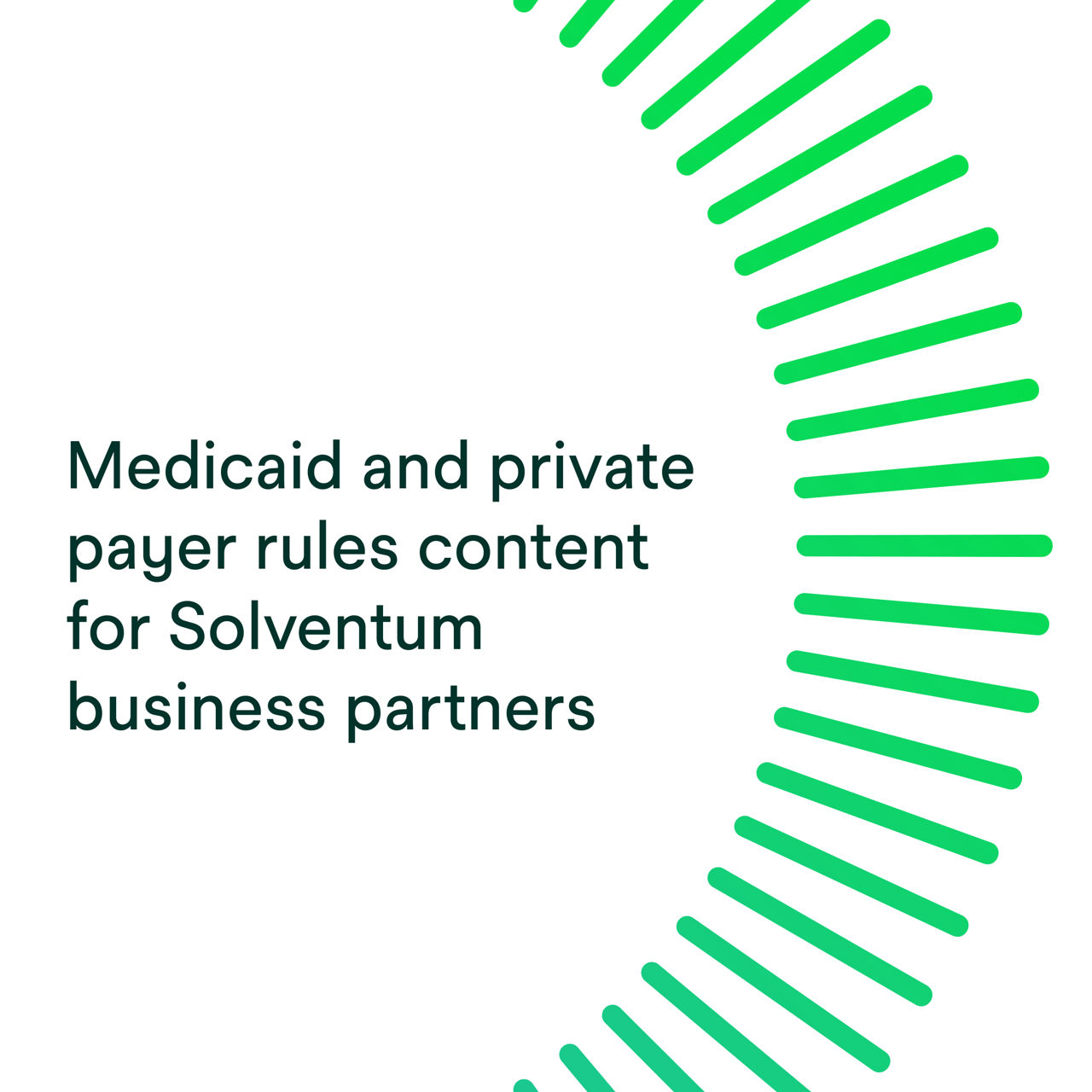Solventum™ Medical Necessity Dictionaries Software

With the Solventum™ Medical Necessity Dictionaries Software, Solventum can deliver and maintain medical necessity content for health information system (HIS) vendors and their clients. This reliable, seamlessly integrated
Product details
Keep pace with changing rules
Keeping healthcare information systems up-to-date with Medicare regulations, Medicaid rules and private payer requirements— especially with ICD-10-based rules—is no small feat today, and few areas are as volatile and compliance-sensitive as medical necessity.
The Solventum solution: Payer-specific medical necessity content
The Solventum Medical Necessity Dictionaries Software deliver timely, updated medical necessity content for use throughout the revenue cycle, including:
- NCDs and LCDs
- ICD-10 diagnostic codes and modifiers
- Other state Medicaid and payer-specific data
- Multi-level policy restrictions, including frequency, age, gender, previous diagnosis or accompanying service



